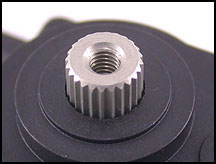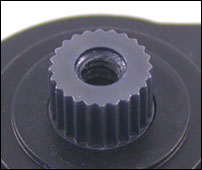There is a lot of information about servos scattered all over the net but it is hard to find an overview of the main differences. So all this in mind then you might say... Lets forget servos and stick with steppermotors. Specially with open hardware in mind this servo-slavery might just seem to be a thing to avoid. Non the less, people use servos, and servos can offer a low cost, cheap and powerful solution. There are many brands and there are several small differences. The high-end brands like Futaba, Hitech, Ace, Traxxas often use better bearings, metal gears, and faster motors. There are Analog and Digital servos. And every brand has it's own specifications for the Hub couplers (servo horns),and they are not interchangeable. The number of teeth all vary. To compare the gears bearings and and motors you can use http://www.servodatabase.com/ Though this database does not list the actual mechanical dimensions of the different types of hubs. Lets see if i can clear this up a bit.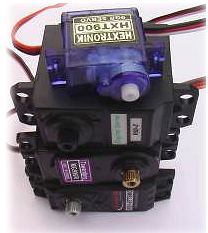 This leaves us with the servo and micro servo types. This leaves us with the servo and micro servo types.The most important, and least documented is the number of teeth on the hub. So here is a list of what I came across. Traxxas
Don't just trust this list, i have not come across an official list and with al the different servos out there i'm sure there are exceptions, so before you buy just count/ask/google/doublecheck. Then there are also servos like this Futuba BLS671SVI S.Bus type. These are programmable servos. Below this line is a random collection of images that refer to dimensional info. this may change in the future... or stay here for ever. Futaba
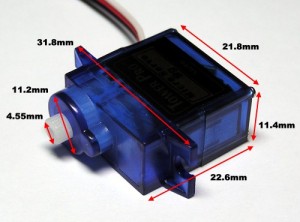
 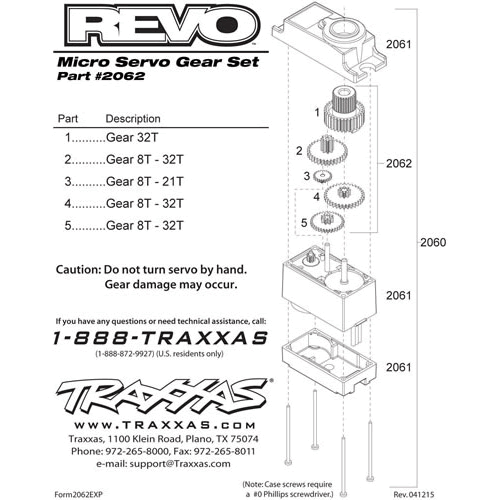 Traxxas micro servo 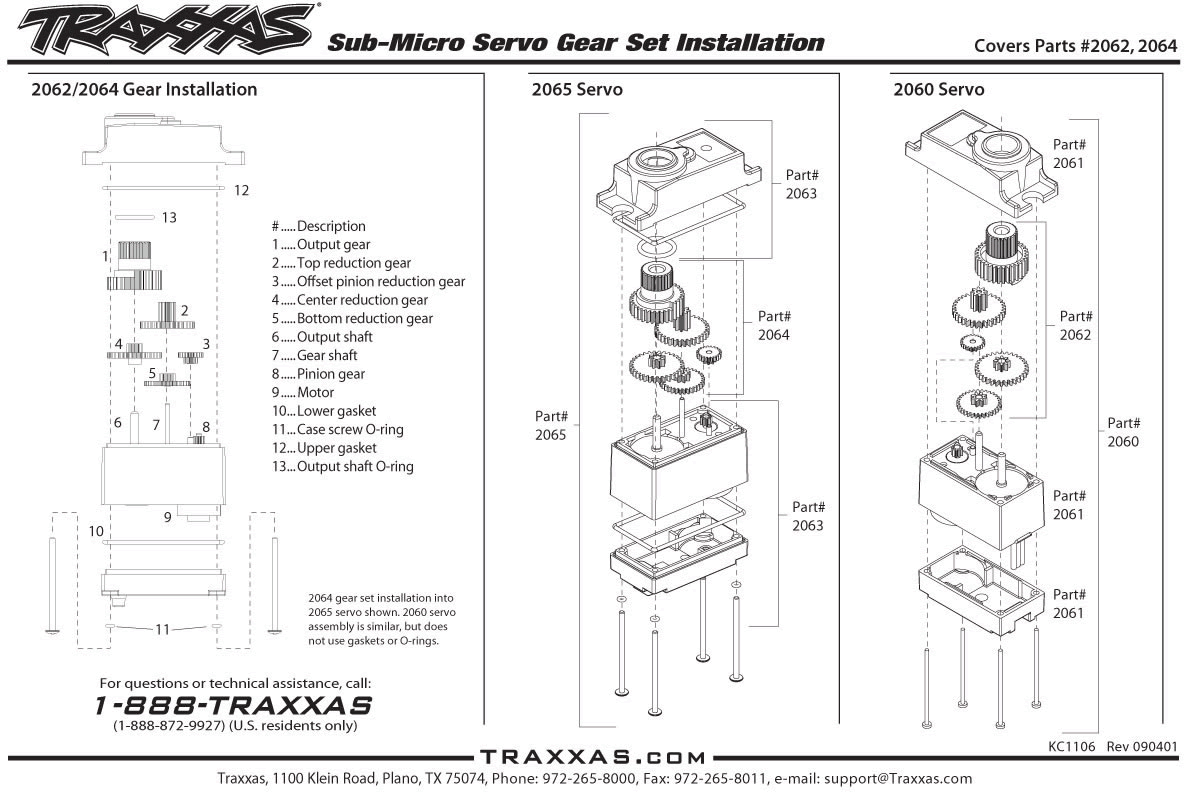 Traxxas sub-micro servo  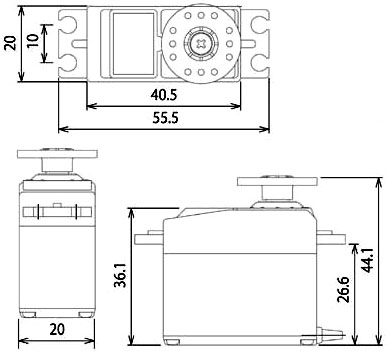 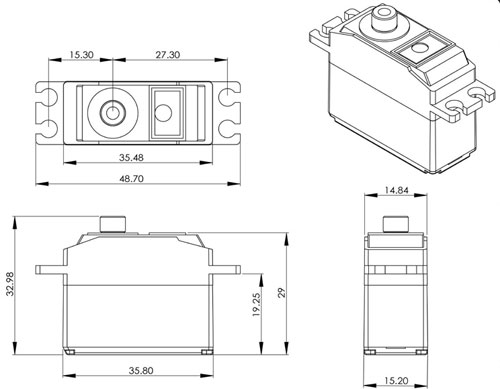 And even then you need to be aware of size differences: .jpg) Servo saver 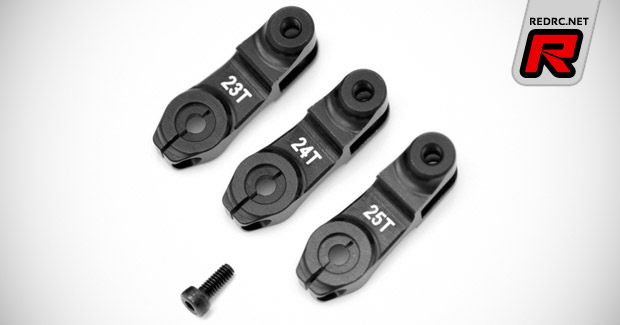 |



